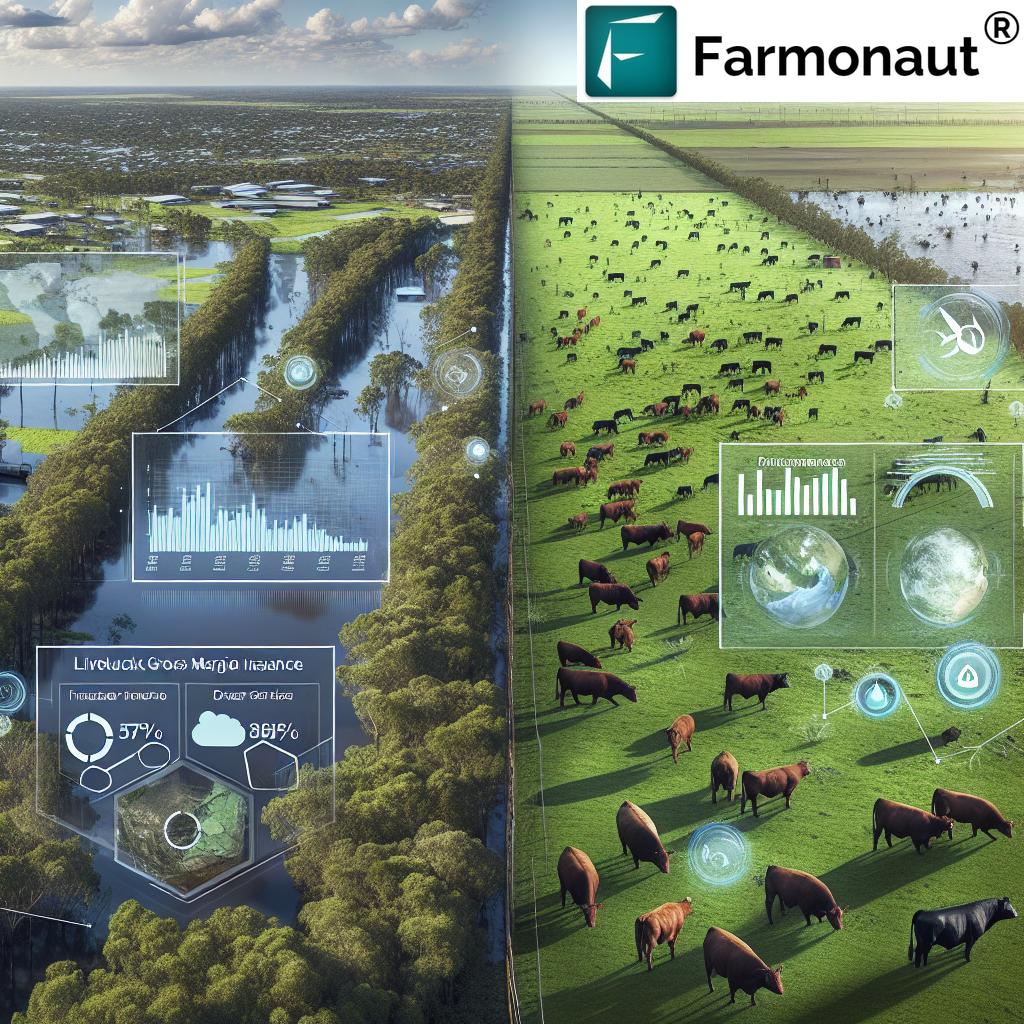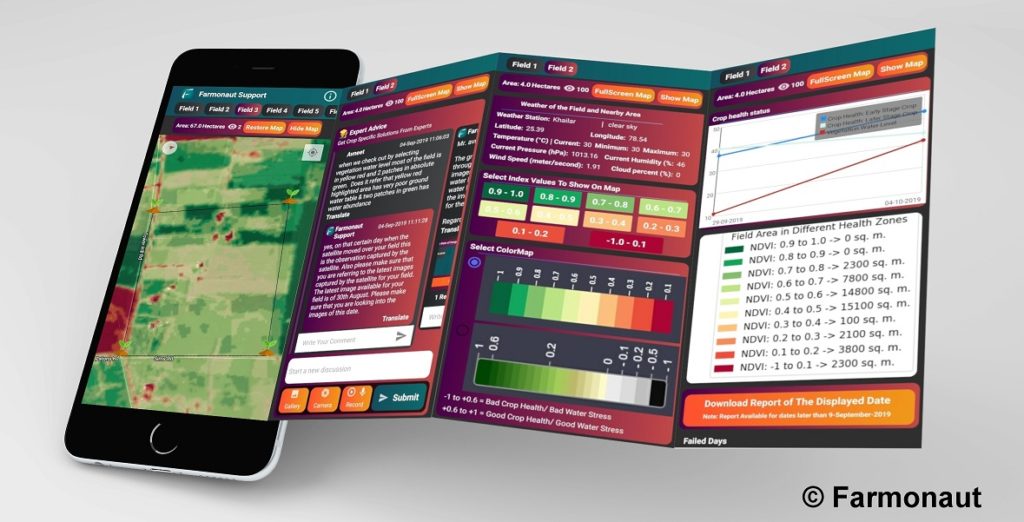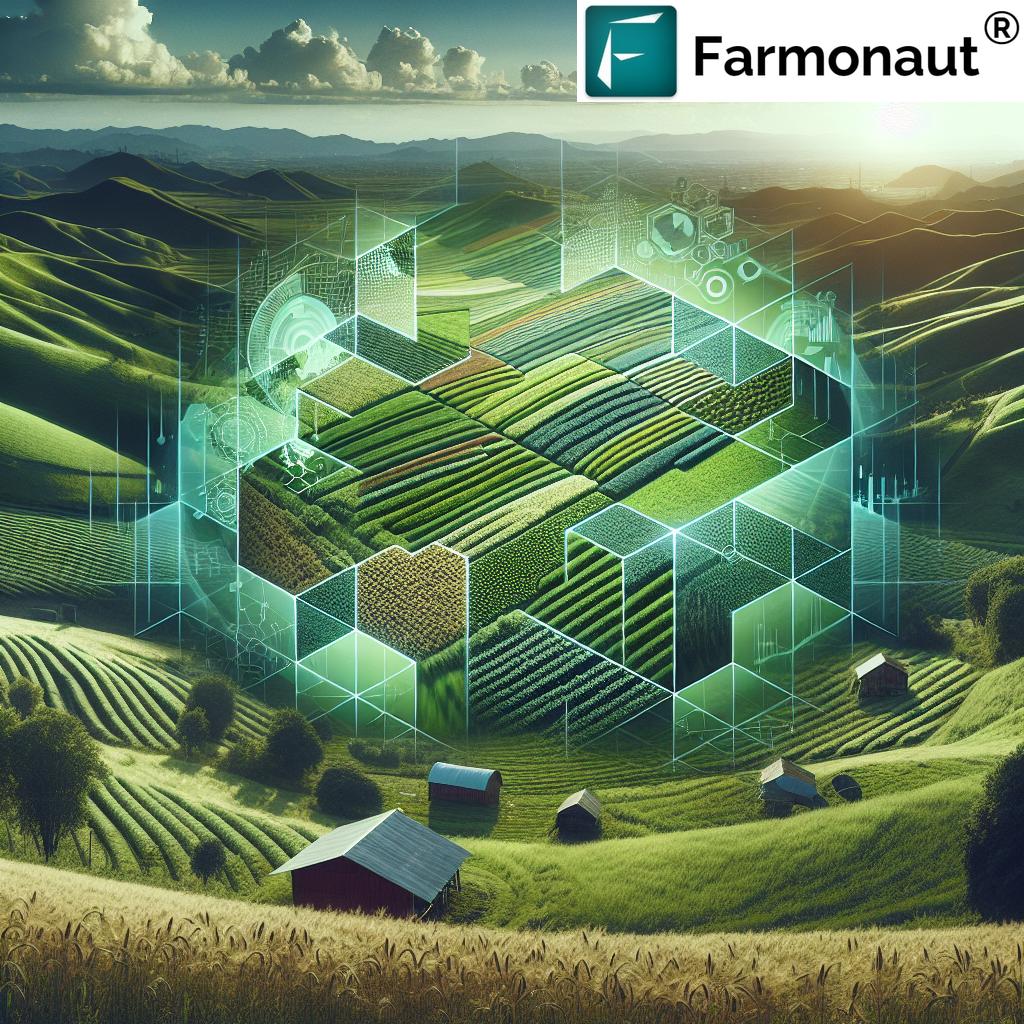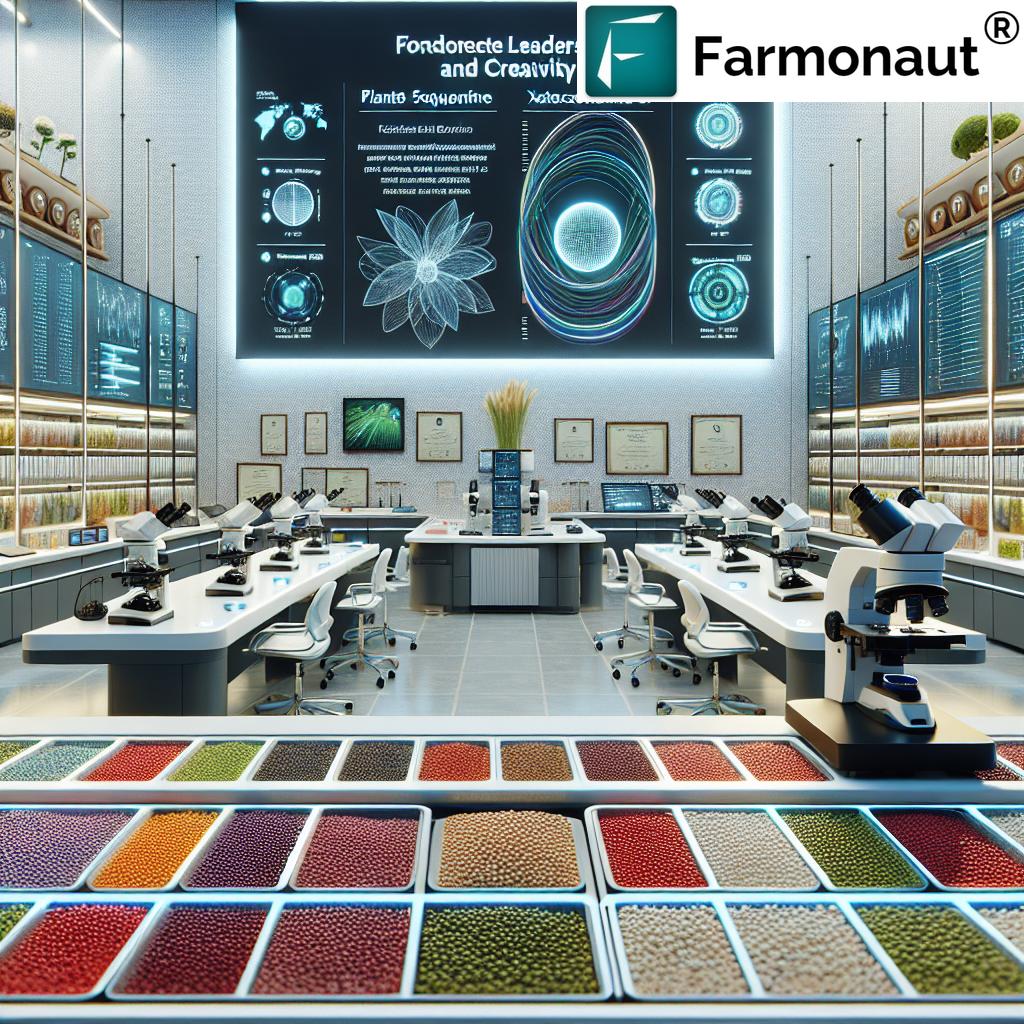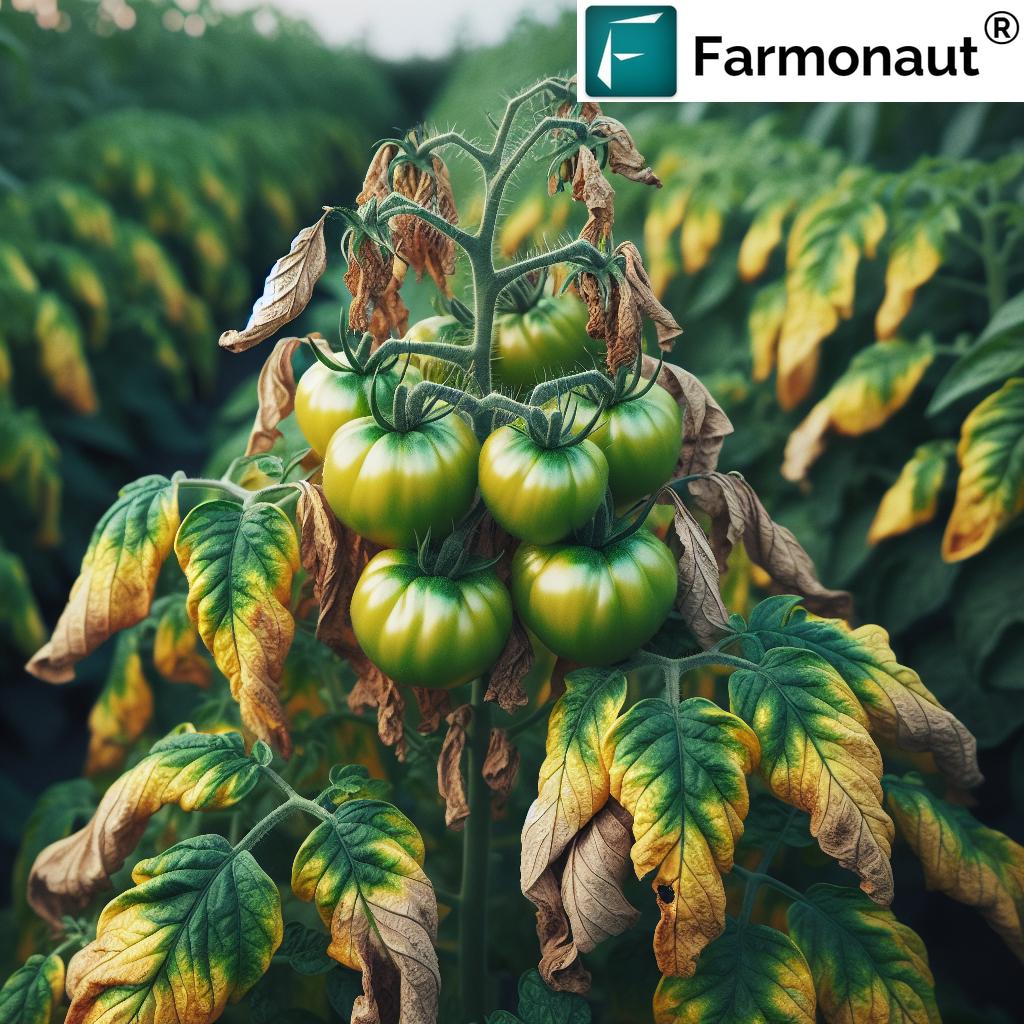7 Regenerative Agriculture Techniques That Double Soil Health
What Is Regenerative Agriculture? Understanding the Holistic Approach
As we navigate the challenges of sustainable farming and climate change, the focus is shifting to regenerative agriculture. This holistic approach is more than just a trend—it’s a movement prioritizing the restoration, rejuvenation, and enhancement of soil health and the entire agricultural ecosystem.
Unlike conventional farming, which tends to deplete soil fertility, increase erosion, and diminish biodiversity, regenerative agriculture actively rebuilds and improves soil structure, increases organic matter, and supports biodiversity in farming. Through a suite of sustainable practices and techniques, it addresses the root causes of environmental degradation while boosting farm productivity and resilience.
At its core, regenerative agriculture focuses on nourishing the living soil—home to untold billions of beneficial organisms—which directly sustains our crops, animals, and ultimately, our communities. Let’s explore what this means in practical, actionable terms, and how it can double soil health and farm biodiversity through the seven techniques discussed below.
Key Facts: Impact of Regenerative Practices
Why Improving Soil Health Matters in Agriculture
Our food security, water quality, and climate stability are all intricately linked to soil health. Healthy soil is not merely a medium for crops—it’s a thriving, living matrix teeming with microbes, fungi, insects, and organic matter. When cared for, soils become increasingly resilient: able to store more carbon, retain water, suppress pests and diseases, and support diverse crops and natural habitats.
- Soil health improvement increases crop yields, profitability, and farm resilience.
- Biodiversity in farming keeps ecosystems stable, supporting pollinators and pest regulation.
- Climate change mitigation in agriculture is possible by sequestering more carbon in the soil.
- Healthy soils reduce nutrient runoff, improving environmental conservation and water quality.
Regenerative agriculture offers practical solutions for all these challenges—let’s dive into the most effective, evidence-based methods available today.
7 Regenerative Agriculture Techniques That Double Soil Health
Below, we outline the key regenerative agriculture techniques proven to enhance soil structure, support biodiversity in farming, and promote climate change mitigation. Each method works synergistically with others—when thoughtfully combined, their benefits multiply, leading to resilient systems, higher yields, and robust ecosystem services.
1. Reduced or No-Tillage Farming: No-Till Farming Benefits for Soil Health
No-till farming is one of the most transformative methods for soil health improvement. Traditional tilling can disrupt soil structure, destroy beneficial organisms, and cause erosion and organic matter loss. In contrast, reduced or no-tillage farming involves planting seeds directly into undisturbed soil, actively preserving the soil’s natural architecture.
- Benefits: No-till maintains soil aggregates, reduces erosion by up to 90%, increases water retention, and enhances beneficial soil organism activity.
- Improves carbon sequestration, locking carbon in the soil and reducing greenhouse gas emissions.
- Makes the farm more resilient to drought by allowing water to infiltrate and be stored more efficiently.
- Reduces labor and fuel costs by minimizing the need for heavy machinery.
As part of a sustainable farming approach, no-till is foundational for restoring and rejuvenating land across different agricultural systems and climates.
Farmonaut enables smarter adoption of no-till techniques through real-time monitoring. By leveraging **satellite-based soil moisture and crop health data**, we can pinpoint fields with compaction or erosion issues, making it easier for farmers to implement and track improvements season by season.
Want to experience the power of satellite crop and soil monitoring for yourself? Download the Farmonaut App for AI-based, actionable insights on no-till, cover cropping, and more.
2. Cover Cropping: Building Organic Matter and Biodiversity
Cover cropping practices involve planting cover crops—typically during fallow periods or between main crops—to protect and enrich the soil. Key species include leguminous crops such as clover and vetch, renowned for their ability to fix atmospheric nitrogen and dramatically enhance organic matter.
- Benefits: Reduces soil erosion by providing continuous ground cover.
- Increases soil fertility and organic matter content—sometimes by 20–100% in under a decade.
- Suppresses weeds and interrupts pest and disease cycles.
- Boosts biodiversity in farming systems through diverse species mixes.
Best practice: Use a mix of cover crops—grasses for quick cover, legumes for nitrogen enrichment, and brassicas for roots that break up compacted soil.
Example: After harvesting wheat, we can sow a mix of crimson clover and annual ryegrass. This adds natural nitrogen, shields the soil, and primes the field for the next cash crop—all while providing valuable wildlife habitat.
Farmonaut’s crop health monitoring detects cover crop growth and greenness (using NDVI), making it simple to track cover crop establishment and termination for optimal results.
3. Crop Rotation: Disrupting Pest, Disease, and Nutrient Depletion Cycles
Crop rotation methods are central to regenerative agriculture. By alternating different crop types (such as cereals, legumes, root crops) across fields and seasons, we minimize soil nutrient depletion and break cycles of pests and diseases that persist under continuous monoculture.
- Benefits: Enhances soil fertility and organic matter by leveraging deep-rooted and nitrogen-fixing plants over time.
- Reduces need for synthetic fertilizers and pesticides.
- Supports biodiversity in farming systems by maintaining habitat for a range of above- and below-ground species.
- Can lead to improved yields and greater resilience under challenging conditions.
Well-designed crop rotations may look like: corn → soybeans → oats → red clover, maximizing each crop’s unique contribution to the soil and ecosystem.
Farmonaut’s satellite crop mapping tools help farmers quickly visualize and plan effective rotation strategies for any size operation, improving management and monitoring at scale.
For enterprise-level rotation planning and monitoring, explore the Large Scale Farm Management Solution by Farmonaut. This suite enables you to see all your fields and history, streamline data, and monitor crop health in real time—ideal for vast or complex rotational systems.
4. Agroforestry: Integrating Trees, Enhancing Ecosystems
Agroforestry systems combine trees, shrubs, and crops within the same land. By mimicking natural forests, we create multi-layered, resilient ecosystems that deliver a wealth of environmental and economic benefits.
- Benefits: Increases carbon sequestration far beyond what monoculture fields can achieve.
- Protects soil from erosion, improves water retention and quality, and buffers microclimates.
- Offers diverse products (timber, fruits, nuts, honey) for additional income and market stability.
- Enhances biodiversity in farming by providing habitat for birds, insects, and beneficial organisms.
Examples of agroforestry include alley cropping (crops grown between rows of trees), windbreaks, and silvopasture (integrating trees and livestock grazing).
Farmonaut’s **satellite and AI-powered mapping** tools simplify the planning and monitoring of agroforestry layouts. Learn more about how our forest and plantation advisory can help you design and manage high-performing, sustainable agroforestry projects by visiting the Crop Plantation & Forest Advisory Page.
5. Managed Grazing Techniques: Livestock, Soil, and Biodiversity in Harmony
Managed grazing mimics the natural grazing patterns of wild herds. Rather than letting livestock roam freely and overgraze, we rotate animals through a series of paddocks—helping pastures recover, promoting plant growth, and enriching soil with organic manure.
- Benefits: Prevents overgrazing and degradation, restoring soil fertility and increasing organic matter.
- Enhances water infiltration and root depth, much like no-till systems.
- Supports biodiversity by encouraging plant species diversity and healthy soil life.
- Animal manure naturally fertilizes the pasture, reducing chemical input needs.
Tools like Farmonaut’s real-time pasture health monitoring (via NDVI) and Fleet Management Solution (for efficient scheduling, logistics, and equipment use) support the effective and profitable implementation of managed grazing at any scale.
6. Composting and Manure Management: Closing Loops for Nutrient-Rich Soil
Instead of relying on synthetic fertilizers, composting and proper manure management transform farm wastes into valuable soil amendments. We recycle crop residues, animal manure, and organic waste to produce rich compost, teeming with beneficial organisms and micronutrients.
- Benefits: Dramatically improves soil structure and increases organic matter and water retention.
- Reduces environmental pollution and the risks of nutrient leaching/runoff.
- Supports beneficial soil organisms and natural disease suppression.
- Minimizes dependence on external, costly inputs and cuts farm waste.
With Farmonaut’s AI-based advisory and real-time soil health mapping, we can identify where compost amendments are most needed, maximizing their impact.
Interested in making your farm more resource-efficient while slashing input costs? Our Carbon Footprinting Solution also tracks on-farm emissions and resource cycles to help you reduce your farm’s carbon footprint—and meet sustainability goals!
7. Polyculture: Mimicking Nature with Diverse Crop Plantings
Polyculture is the intentional cultivation of multiple crop species in a shared space. Unlike monoculture, where a single crop dominates, polyculture systems more closely resemble natural ecosystems—offering unmatched production, resilience, and biodiversity in farming.
- Benefits: Reduces pest and disease pressure through natural checks and balances.
- Improves resource use efficiency—different crops maximize sun, water, and nutrients at various times and soil depths.
- Increases total yield and stability in the face of climate variability.
- Promotes healthy soil through continuous living roots and canopy cover.
Examples include intercropping beans with maize, companion planting, or growing vegetables under fruit trees.
Farmonaut’s AI-based advisory system can recommend ideal polyculture species combinations and monitor their growth and health over time.
To ensure traceability in complex polyculture systems (from field to fork), see our Blockchain-Integrated Traceability Page. Blockchain guarantees transparency and trust in your regenerative produce’s supply chain, which modern consumers increasingly demand.
Comparative Summary: Regenerative Agriculture Techniques
| Technique Name | Description | Main Benefits | Estimated Improvement in Soil Health (%) | Biodiversity Impact | Climate Mitigation Potential |
|---|---|---|---|---|---|
| Reduced/No-Tillage | Seeds planted into undisturbed soil; minimal mechanical disturbance. | Reduces erosion Preserves organic matter Increases water retention |
20–40% | High | High |
| Cover Cropping | Planting non-cash crops between seasons to cover soil. | Adds organic matter Fixes nitrogen Suppresses weeds |
30-100% | High | Medium-High |
| Crop Rotation | Alternating crops across fields and seasons. | Disrupts pests/diseases Improves fertility |
25–50% | Medium-High | Medium |
| Agroforestry | Combining trees/shrubs and crops/livestock. | Boosts ecosystem services Sequesters carbon Yields diverse products |
40-80% | High | Very High |
| Managed Grazing | Rotational livestock grazing for pasture regrowth. | Restores soil Improves organic matter Diversifies pasture plants |
20–60% | Medium-High | Medium |
| Composting & Manure Management | Recycling organic waste and animal manure into compost. | Boosts soil nutrients Reduces pollution Supports soil organisms |
30-50% | Medium | Medium |
| Polyculture | Growing multiple crop species together in one field. | Promotes resilience Reduces pests/diseases Enhances stability |
25–60% | Very High | Medium-High |
Farmonaut: Empowering Sustainable Agriculture Through Technology
Farmonaut stands at the intersection of tradition and innovation—bridging proven regenerative agriculture practices with cutting-edge satellite, AI, and blockchain technology. Our mission is to make precision farming accessible, affordable, and impactful for every farmer, cooperative, agribusiness, or public agency worldwide.
How does Farmonaut support regenerative agriculture?
- Satellite Crop Health Monitoring: Real-time NDVI and soil moisture readings reveal where erosion is occurring, where cover crops thrive, or where organic matter is lacking—guiding timely, data-driven decisions.
- Jeevn AI Advisory: Offers localized, actionable advice on crop rotation, cover cropping, water management, and nutrient cycles to maximize soil health and minimize inputs.
- Blockchain Traceability: Guarantees transparency from field to table on how products are grown, supporting marketing claims for sustainably or regeneratively produced food. Learn more.
- Fleet & Resource Management: Optimize machinery and livestock logistics to reduce waste, operational costs, and environmental impact with our tools.
- Carbon Footprinting: Our carbon tracking tools quantify sustainability improvements, supporting climate change mitigation in agriculture. Read more about carbon services.
- API Access: Integrate satellite and weather data into custom analytics or partner applications using our API. For documentation, visit our API Developer Docs.
- Crop Loan & Insurance Verification: Leverage unbiased, satellite-based farm monitoring for streamlined access to financing and fair insurance claims. See how this works.
Whether you’re a smallholder, a commercial grower, or a policymaker, Farmonaut empowers our community with affordable, scalable, and sustainable agricultural solutions—helping us all transition toward a healthier planet, one field at a time.
Major Benefits of Adopting Regenerative Agriculture
By implementing the proven regenerative agriculture techniques above, we reap multiple, reinforcing benefits spanning the environment, economy, and community health.
- Soil Health Improvement: Techniques enhance organic matter, fertility, and biological activity for higher, more stable yields.
- Biodiversity Enhancement: Polyculture, agroforestry, and cover cropping create varied habitats for native plants, pollinators, and beneficial soil organisms.
- Climate Change Mitigation in Agriculture: Methods like no-till and agroforestry can sequester up to 1 ton/ha/year or more of atmospheric carbon, significantly reducing farm greenhouse gas emissions.
- Water Conservation: Improved structure and organic content enhance water retention, reducing irrigation needs and runoff.
- Economic Resilience: Multiple income streams from diverse crops, timber, fruits, and ecosystem services buffer farms against price and climate shocks.
- Food Security & Nutrition: Resilient, biodiverse systems support healthy food production and thriving rural communities.
Challenges in Transitioning & How We Overcome Them
While the long-term benefits of regenerative agriculture far outweigh initial challenges, the journey does require new approaches and support systems:
- Learning Curve: Integrating new practices such as no-till, polyculture, or agroforestry may seem daunting, but educational resources, extension services, and technology (like Farmonaut’s AI advisories) provide crucial, timely guidance.
- Investment in New Equipment: Although a no-till drill or rotational grazing fencing may cost upfront, savings on fuel, fertilizer, and chemicals, together with higher yields, quickly offset investments.
- Pest and Disease Dynamics: More diverse, polyculture systems naturally reduce pest risk, but management must be adaptive. Farmonaut’s satellite and AI tools help spot emerging issues before they threaten yields or soil health.
- Market Access: New products (e.g., specialty grains, fruits, nuts, or verified regenerative produce) may require market development. Blockchain traceability from Farmonaut supports premium branding and trust among consumers and partners.
- Financial Incentives: Governments and banks increasingly reward regenerative practices. Farmonaut’s satellite-based loan and insurance verification makes financing safer and fairer for all.
Success is a stepwise, supported process—and with the right tools and partners, every farm can move toward a restored, resilient, and regenerative future.
FAQ: Regenerative Agriculture Explained
What is the difference between regenerative and conventional agriculture?
Conventional agriculture typically relies on monocultures, heavy tillage, and chemical inputs that degrade soil health and diminish biodiversity. Regenerative agriculture focuses on building soil structure and organic matter, increasing biodiversity in farming, and restoring ecosystem function—resulting in healthier, more resilient farms.
How quickly can farmers see results with regenerative practices?
Many regenerative agriculture techniques offer visible improvements in the first season (better water infiltration, more earthworms, reduced erosion). Substantial increases in soil organic matter and yields typically follow within 3–5 years with consistent application.
Can all farms implement regenerative techniques?
Yes, benefits apply across regions and farming types—from smallholder mixed farms to vast monoculture fields or intensive livestock systems. Some techniques may need to be tailored, but the principles are universal.
How does Farmonaut contribute to regenerative agriculture success?
By providing real-time, field-level insights using satellite data, AI advisories, and blockchain traceability, Farmonaut helps farmers monitor progress, make evidence-based decisions, and unlock the full benefits of regenerative agriculture—quickly, efficiently, and at scale.
Is there scientific evidence supporting these techniques?
Yes. Global research demonstrates that no-till farming, cover crops, crop rotation, agroforestry, and managed grazing all contribute significantly to soil health improvement, climate change mitigation in agriculture, and increased farm biodiversity.
Conclusion: The Future of Farming is Regenerative
Regenerative agriculture represents not just a new set of practices but a paradigm shift in how we steward the land. By focusing on soil health improvement, integrating biodiversity in farming systems, and harnessing natural cycles, we rejuvenate both farms and ecosystems. The seven key techniques above—when integrated with modern technologies like those from Farmonaut—offer a clear, actionable path to resilient, profitable, and climate-positive agricultural systems.
As practitioners, innovators, and global citizens, it is our shared responsibility to restore the land we depend on. By choosing regenerative techniques and accessible solutions, we secure not only our own farm’s future but also the future of coming generations.
Ready to take the next step? Try Farmonaut today and join the global movement toward regenerative, sustainable, and precision-powered farming.












